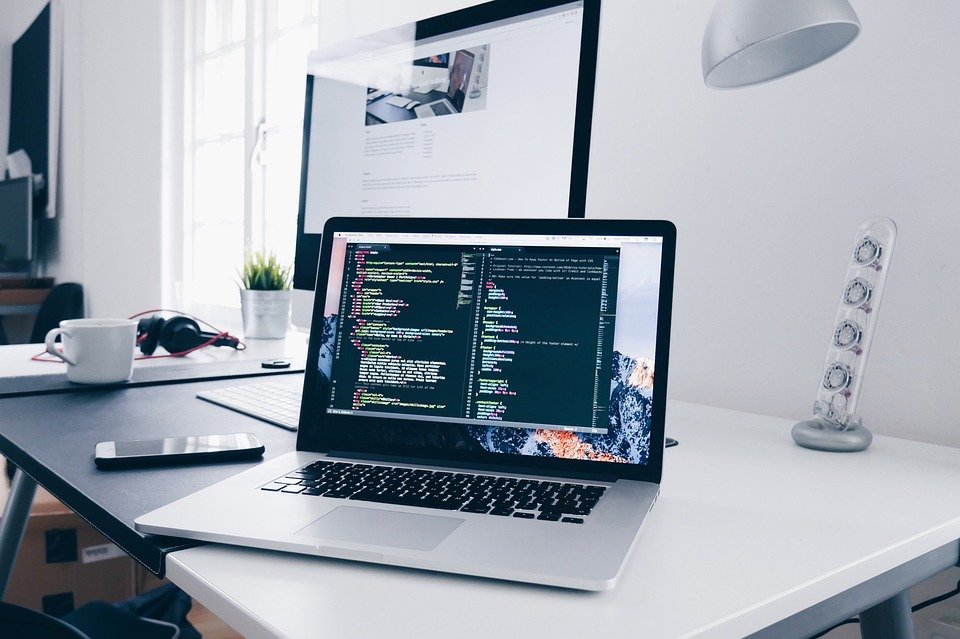Space exploration has always been a subject of fascination for humanity. From the first moon landing to the recent Mars rover missions, humans have pushed the boundaries of what is possible in the cosmos. However, the future of space exploration holds even more exciting prospects, with the advent of self-replicating artificial intelligence (AI) poised to revolutionize our understanding of the universe.
Self-replicating AI refers to a technology capable of creating copies of itself without human intervention. This concept has the potential to completely transform space exploration as we know it. Currently, space missions are limited by factors such as distance, time, and resources. Sending humans or even robots to explore distant planets or galaxies is a costly and time-consuming endeavor. However, with self-replicating AI, these limitations may become a thing of the past.
Imagine a future where a single AI-powered spacecraft is sent to a distant planet to gather information. Once it arrives, it can use local resources to replicate itself, creating multiple copies that can explore different regions simultaneously. These copies can then replicate further, exponentially increasing the number of exploratory units. This self-replicating capability would allow for rapid and widespread exploration of various celestial bodies, providing us with a wealth of data and insights.
One of the most significant advantages of self-replicating AI is its potential to overcome the vast distances in space. Currently, space missions are limited by the time it takes to reach their destination. For example, it took the Voyager spacecraft more than 40 years to leave our solar system. With self-replicating AI, multiple spacecraft can be sent simultaneously, reducing the time required to explore distant locations. This would enable us to gather information from a multitude of celestial bodies in a fraction of the time it currently takes.
Furthermore, self-replicating AI has the potential to revolutionize resource utilization in space. Currently, space missions require extensive planning and preparation to ensure that all necessary resources are available for the duration of the mission. However, with self-replicating AI, spacecraft can utilize local resources, such as minerals or energy sources, to sustain themselves and create new units. This would drastically reduce the need for resupply missions, making space exploration more sustainable and cost-effective.
However, it is important to consider the ethical and safety implications of self-replicating AI in space exploration. As with any powerful technology, there is a potential for misuse or unintended consequences. Safeguards must be put in place to ensure that self-replicating AI remains under human control and does not pose a threat to other life forms or ecosystems.
In conclusion, the future of space exploration holds immense potential with the advent of self-replicating AI. This technology has the capability to revolutionize our understanding of the cosmos by enabling rapid and widespread exploration of celestial bodies. The ability to self-replicate would overcome limitations in distance and resources, making space exploration more efficient and cost-effective. However, it is crucial to approach the development and deployment of self-replicating AI with caution, ensuring that ethical and safety considerations are carefully addressed. With responsible implementation, self-replicating AI has the power to unlock the mysteries of the universe and pave the way for a new era of space exploration.

